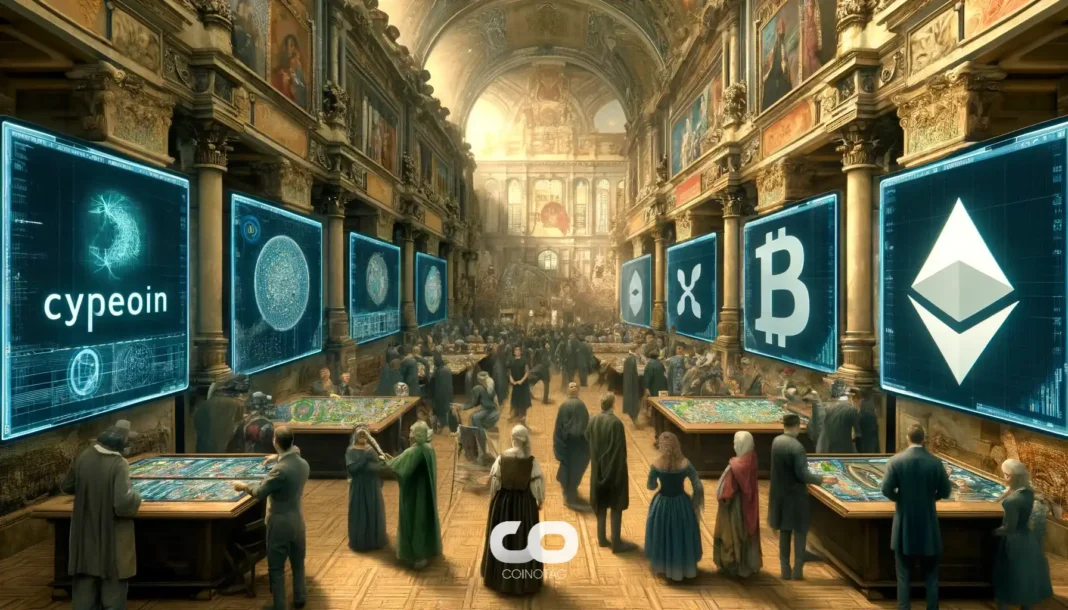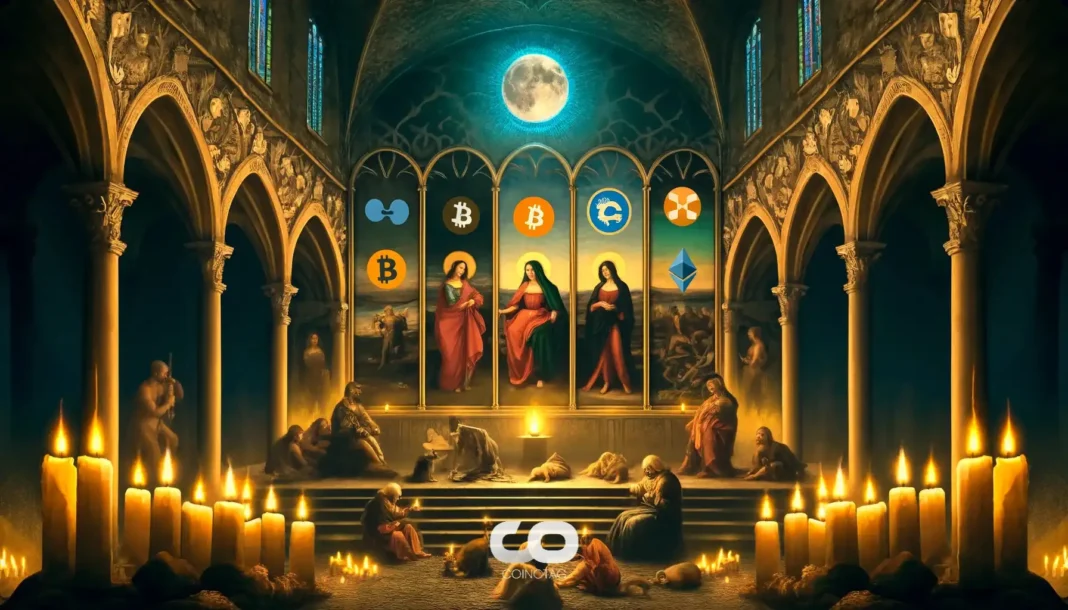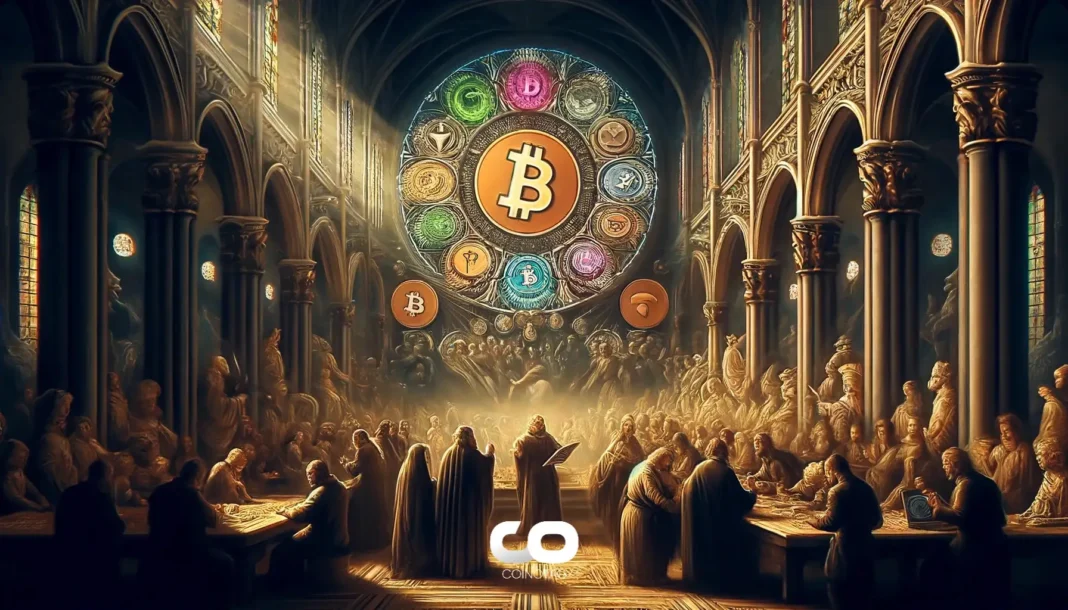-
The recent decline in Zora token sentiment highlights the volatility inherent in the crypto space, especially post-airdrop.
-
Despite initial excitement, recent statistics reveal a sharp drop in platform engagement, suggesting a return to market realities.
-
According to a COINOTAG source, Jesse Pollak’s commitment to evolving content coins reflects both innovation and cautious optimism for the future.
Analysis of Zora token’s recent performance reveals significant post-airdrop sentiment shifts, emphasizing the crypto market’s volatility and challenges.
Understanding the Zora Token’s Post-Airdrop Performance: Key Factors
The Zora token has experienced an 11.5% drop in its price over the last 24 hours, trading at approximately $0.01244. This decline serves as a reminder of the often unpredictable nature of cryptocurrency markets.
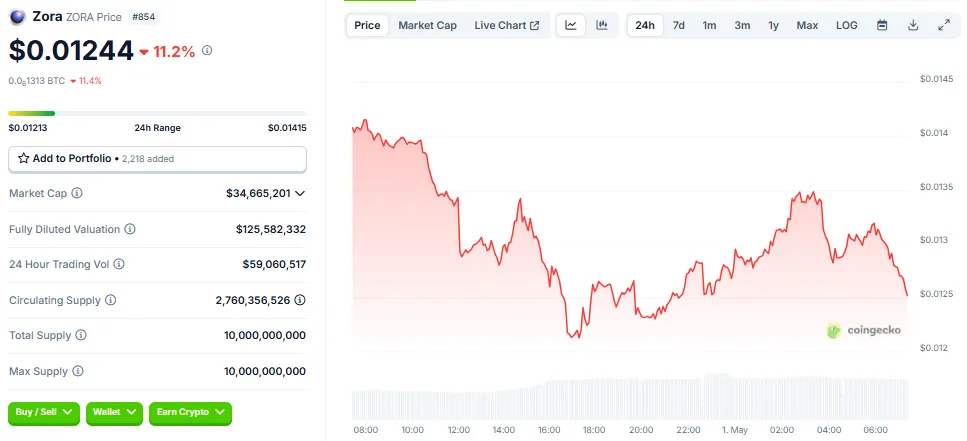
Initially, the Zora airdrop aimed to invigorate participation within the ecosystem by distributing 10% of its total supply, approximately 1 billion tokens, to early users. However, post-airdrop sentiment has sharply declined.
Data from LunarCrash indicates that engagement metrics have plummeted. Since the airdrop on April 23, engagement has decreased by 98%, from over 12.2 million to about 142,000 interactions.

Moreover, mentions of Zora across social media channels have decreased by 58%, while user participation on the Zora platform has diminished dramatically, with creator presence dropping 57.6% since the airdrop.

Traffic to Zora.co has also decreased from 500,000 visits to 300,000 in just three months, indicating a substantial reduction in overall interest. Concurrently, data from Dune Analytics illustrates a staggering 90% drop in active users on the Zora Network since early April.
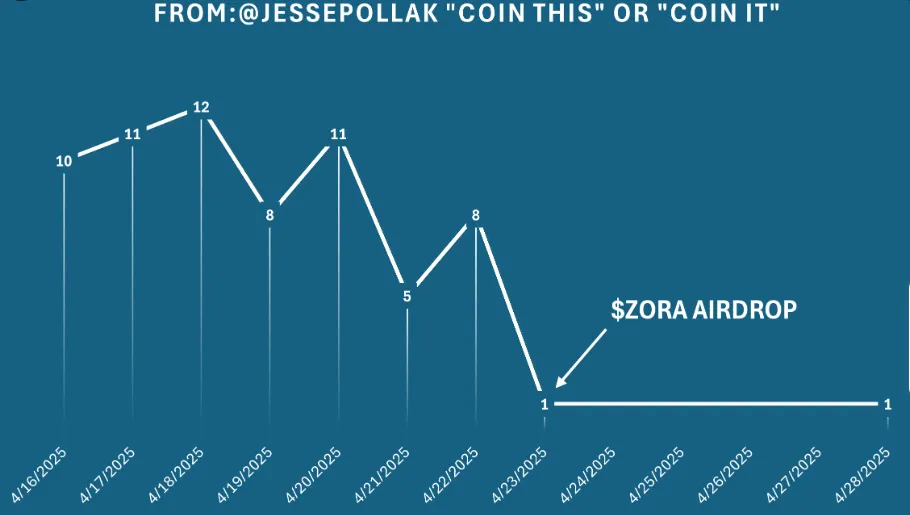
On social media, the frequency of Jesse Pollak’s messaging regarding “coin it” phrases has fallen dramatically, from 15 mentions before the airdrop to just 1 after, a clear sign of dwindling engagement.
In response to the feedback about his previous communication style, Pollak has reiterated the importance of adjusting messaging strategies. He acknowledged his earlier approach was perhaps overly forceful and expressed a desire to refine his focus moving forward.
Pollak stated, “I got feedback on being too loud, and to be direct I made some mistakes in my messaging, so I’ve taken that feedback and slowed down.” Despite the downshift in messaging tempo, his advocacy for content coins and the broader Base ecosystem remains steadfast.
He elaborated on the vision for content coins, stating its potential to enhance creator independence and facilitate greater participation from non-crypto users in blockchain activities.
In a recent dialogue with COINOTAG, Pollak clarified the distinction between content coins and meme coins, underscoring how content coins can serve as a means of empowering creators while reducing the impact of speculative hype.
Pollak highlighted Base’s ambition to broaden the on-chain creator ecosystem, aiming to increase user engagement while making blockchain technology more accessible. He remarked, “We’re working to bring a billion people on-chain, and we know we can’t do that alone.” His acknowledgment of Solana’s contributions to onboarding new users reflects a collaborative spirit amidst competitive dynamics in the crypto space.
Nevertheless, the data trends suggest a concerning outlook for sustained interest in Zora, raising questions about the long-term viability of content coins within decentralized ecosystems.
Conclusion
In summary, the notable decline in Zora’s token sentiment post-airdrop serves as a clear indication of the volatile nature of cryptocurrency markets. Readers should remain vigilant and informed about trends in engagement metrics, which ultimately reflect market confidence and the future trajectory of innovative concepts like content coins.

